Hiking matters #375: The hike up Mt. Vesuvius and a visit to Pompeii, Italy
AMSTERDAM – On the last day of my short trip to Rome and Naples, after two memorable days in the island of Capri, I hiked up Mt. Vesuvius and then visited the town of Pompeii. From Napoli Centrale train station, I took the Circumvesuviana train line, got off at Ercolano Scavi station, then booked a bus trip to Vesuvius, which for 20 EUR included the entrance to the Vesuvius National Park. I met Katherine in Ercolano and we did the hike together.
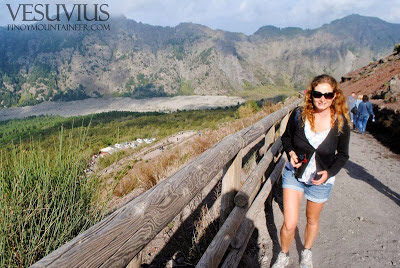
Mt. Vesuvius – Monte Vesuvio in Italian – is the only active volcano in the European mainland, and is famous for its eruption in AD. 79 that destroyed the town of Pompeii. Ironically, this act of destruction led to the preservation of the town, making it an archaeological goldmine – a literal slice of life in the Roman Empire.
As hiking destinations, volcanoes have a distinct flavor. They are usually straightforward ascents to the top – although some, like Kanlaon, are complex volcanoes that include very long trails. At first, the trail may be grassy or forested, but the final leg is usually all rock and volcanic sand – think Mayon or Fuji. And the most awesome attraction of all is the crater. Literally an opening from the Earth itself, there is something powerful about craters; they remind us of powers that are beyond our reckoning.
There is also a kind of build-up as you hike up a volcano, as the crater gets nearer, and as the green gives way to gray. But in Mt. Vesuvius, the ‘forest’ part of the trail has been cut off; instead, it is directly an assault to the crater, with less than 300 meters to gain. As a hiker, I would have wanted something more substantial, but as a history enthusiast, it did not matter; I would have climbed it in any case.
The trails are very wide and easy; hundreds of people do the hike every day, unless Vesuvius is showing signs of volcanic activity – thankfully this hasn’t happened since 1944 when the volcano inadvertently participated in World War II, destroying 80 American aircraft. The volcano also thwarted an Olympic Games in Rome in 1908 when a catastrophic eruption two years before led the Italians to instead divert their funds to the recovery of the Naples area It is fascinating how a volcano transcends, but at the same time takes part in, world history.
We reached the crater rim in less than an hour, and took time to explore the area. Just like Taal or Apo, you can still see sulfuric steam effusing from the rocks in the periphery of the rim. Side by side with these volcanic features, you also have a souvenir shop in the rim, selling wine, food, and some souvenirs supposedly made from the sand of Vesuvius. As for me, my only souvenirs are the pictures on this blog.
We had a short picnic in one of the benches at the rim but then it started getting cold (which happens when you stop moving) – so we started the quick descent, and soon found ourselves back in Ercolano Scavi. I decided that there was still time to visit Pompeii and so I went to the archaeological site – a perfect complement with the hike. Then I headed back to Napoli and went to the airport to catch an evening flight back to Amsterdam.
CAPRI AND MT. VESUVIUS (AUTUMN 2013)
Hiking matters #373: Capri Day 1 – Monte Solaro
Hiking matters #374: Capri Day 2 – Via Krupp
Hiking matters #375: Hiking up Mount Vesuvius

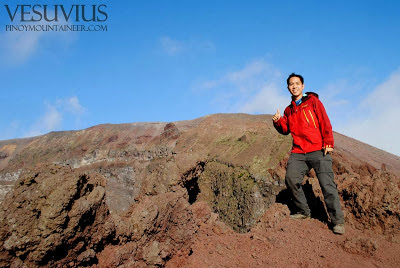

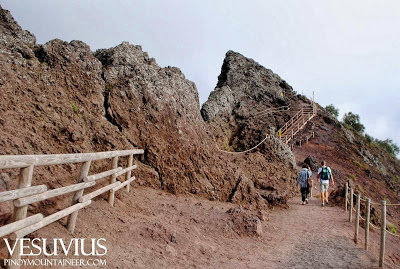
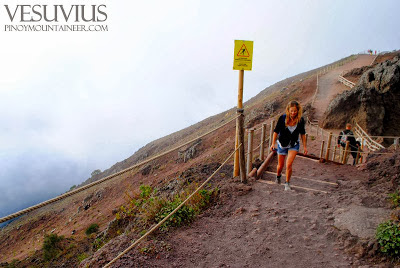
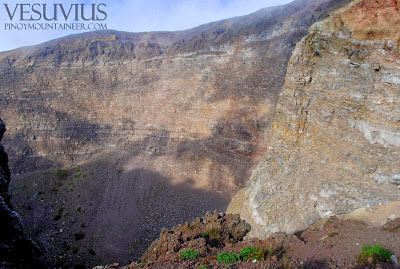
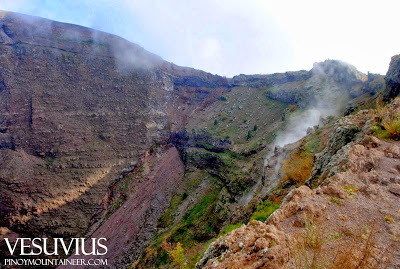
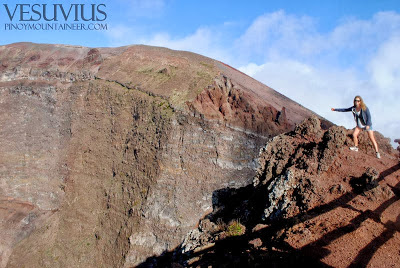
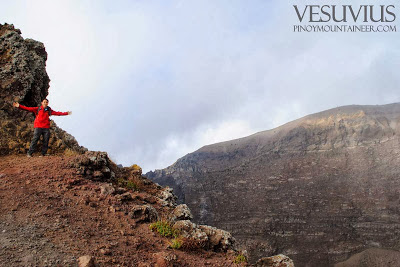
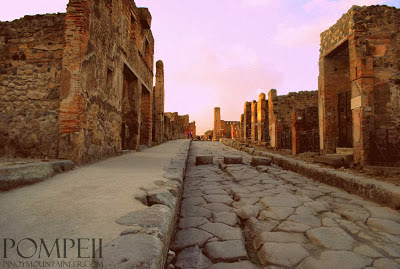
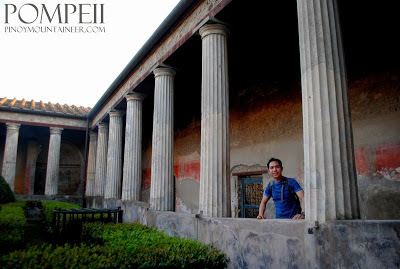
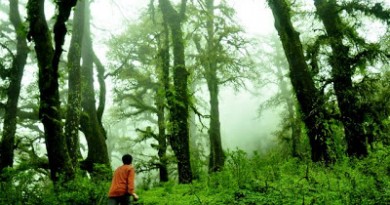
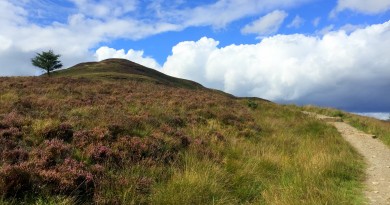
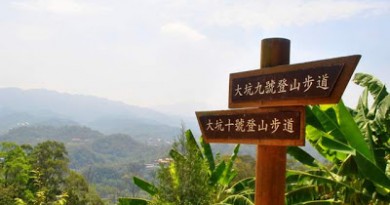
Leave a Reply
Be the First to Comment!